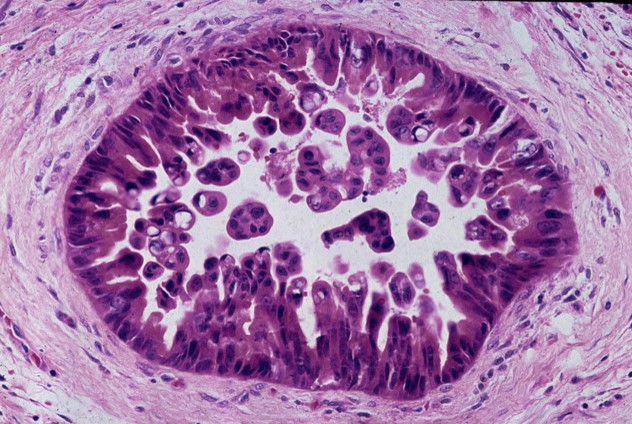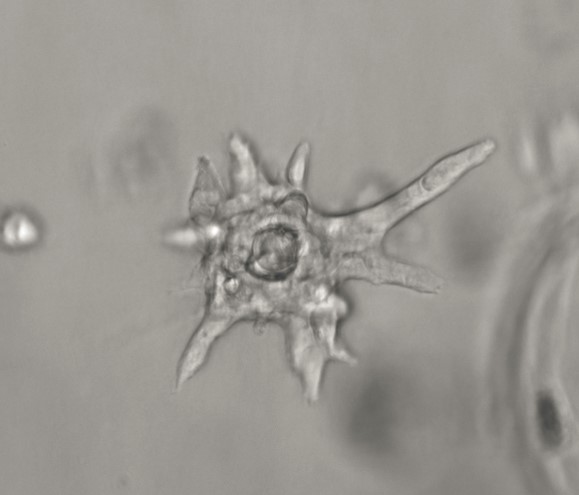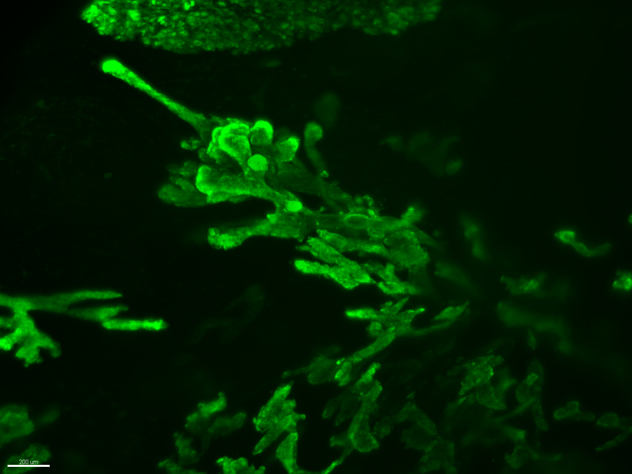Our science is constantly evolving as we incorporate new data from our own work and that of others. There are currently numerous exciting projects in the lab, many focusing on the following themes:

Pancreatic Cancer Precursor Lesions– We are devoted to the discovery of the molecular alterations in pancreatic cancer precursor lesions, including pancreatic intraepithelial neoplasia (PanIN) and intraductal papillary mucinous neoplasm (IPMN). In particular, we are using next generation sequencing to discover the somatic mutations that are critical for the formation of high grade dysplasia and invasive carcinoma. Such alterations could serve as targets for new early detection and prevention approaches.

Intratumoral Heterogeneity– The somatic mutations in pancreatic neoplasms are not present homogeneously in every neoplastic cell. We are working to systematically characterize this genetic heterogeneity using next generation sequencing of human tissue sections and single neoplastic cells. We are using this data to model the evolution of human pancreatic cancers in collaboration with Dr. Rachel Karchin’s lab of the Departments of Biomedical Engineering and Oncology in the Institute for Computational Medicine at Johns Hopkins.

In Vitro Models of Pancreatic Tumorigenesis– Validation of the importance of molecular alterations requires functional studies in model systems. We are developing novel two-dimensional and three-dimensional in vitro models of pancreatic tumorigenesis in order to empirically validate the role of specific somatic mutations in malignant progression. Much of this work is done in collaboration with Dr. Nicholas Roberts in the Department of Pathology at Johns Hopkins.

Three-Dimensional Pancreatic Pathology – Although pathologists traditionally view tissue in two dimensions, recent advances have permitted examination of normal and diseased tissue in three dimensions. We are developing an approach to optically clear and visualize three-dimensional pieces of human pancreatic tissue, including normal pancreas, pancreatic cancer precursor lesions, and invasive pancreatic cancer. This work is performed in collaboration with Dr. Ralph Hruban in the Department of Pathology at Johns Hopkins.
